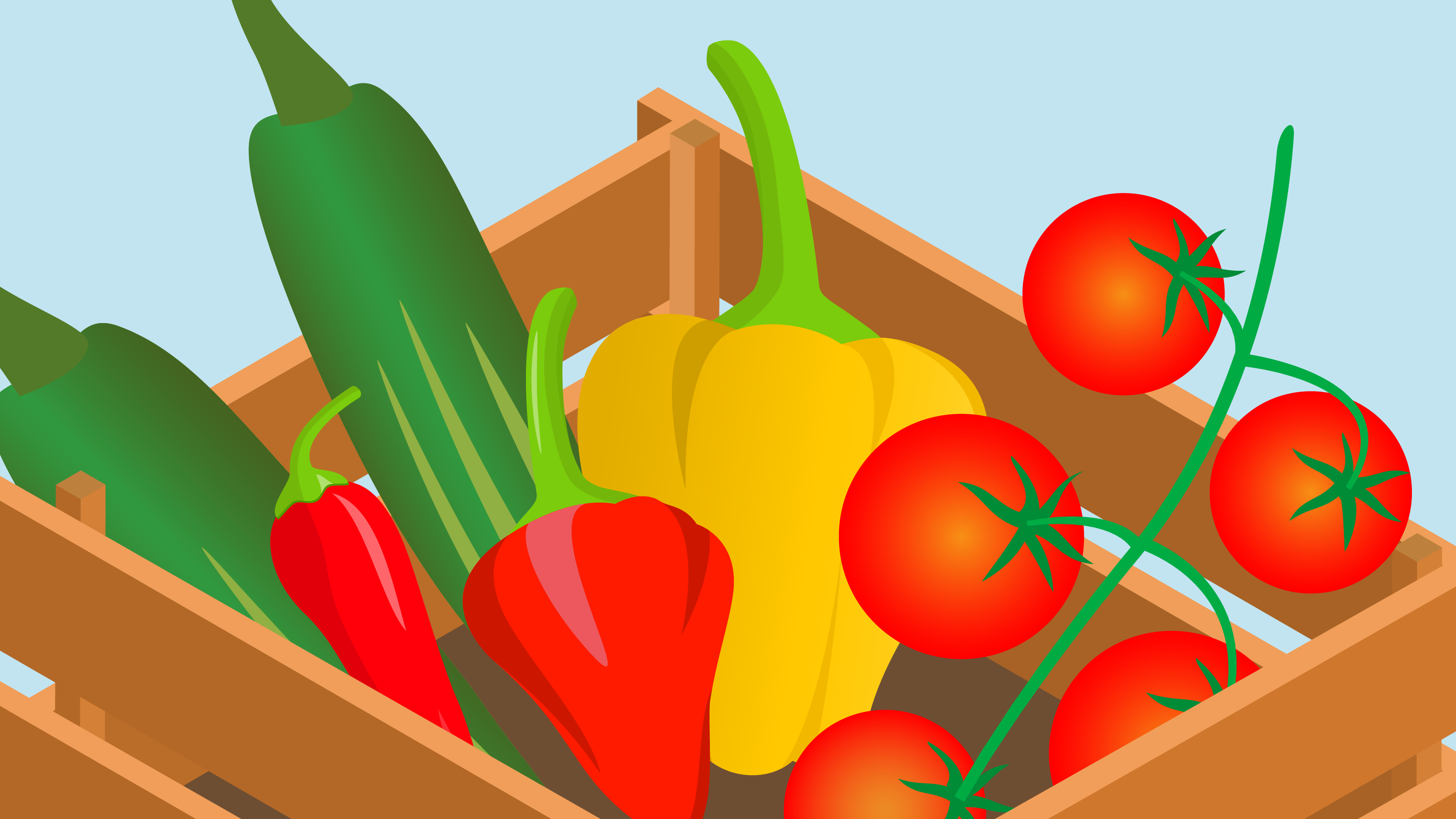In the event of an advisory from the regulator on a product type, do we often see an individual grower/processor found to be at fault later down the line?
It’s a real mixed bag. Often, we see advisories where the suspected product or even company has already been identified. Sometimes the source product or company is identified within weeks. There are also outbreaks where the source of pathogen is never identified. In almost all cases, however, there is normally at least an identified product type, even if no particular brand is identified.
The product or company implicated by the regulatory bodies’ advisory notices are often identified solely via indirect or circumstantial evidence. When two or more people fall ill with the same illness, the FDA/FSIS & CDC will begin to investigate.
The investigation is two-pronged. First, they undertake further analysis to identify if the bacteria causing the illness is the same strain in each case. This helps investigators confirm that the illnesses are linked, and therefore likely from a common source.
The second prong of the investigation, which is often most troublesome for manufacturers, is the interviewing of ill persons to compile a list of everything those individuals have consumed. The investigators compare these accounts to look for commonalties. Often there are more than one so a statistical review is performed to identify the most likely suspect products, although this process can easily result in false leads.
If ten out of twenty ill people remember eating pineapple chunks, and fifteen out of twenty ate deli meat, both products will be suspect. Of course, only one will be the source, so one product may be falsely implicated.
Links of particular companies to outbreaks are often not supported by direct testing evidence of contamination in that company’s products. However, an implicated company is almost always encouraged to conduct a voluntary recall, even in the absence of direct testing evidence. Once the recall is announced, despite the use of “abundance of caution” language, that brand is tarred with the outbreak brush forevermore. If fatalities have occurred, the reputational risk and sales impact can be devastating.
We have seen recent cases where the company suspected by the regulators had refused to issue a voluntary recall (presumably because it disputes its product is the source), so the regulators have issued an outbreak advisory to inform the public that the product has been implicated with illnesses, and that the company had refused to undertake a recall. One can imagine the company’s customers (retailers and manufacturers) negative reaction this publicity.
How does seasonal growing of produce potentially affect the severity of a product recall event?
Massively, and not just for fresh produce but for all kinds of derivative products. A tomato paste manufacturer, for example, may operate ten months per year, but the tomatoes it uses to make its products would have all been grown in a relatively short period of three to five months. If a problem arises halfway through the tomato paste production, and the domestic grow season has already ended, the manufacturer will incur additional costs to import replacement raw material and its sales will be affected by delays.
For produce growers, distributors and retailers, the seasonal grow presents a real bottleneck. Added to that, there could be added risk from shared water sources, proximity to livestock and more, which means an outbreak advisory or a recall affecting fresh produce can implicate farms and products in a far wider scope than the original issue. The trend is also towards mono-line crops. Nowadays, farms no longer grow twenty different types of fruit and vegetable. For companies with a seemingly diverse product offering, farming is often contracted out with different contractors supplying one type of produce each. This also increases the severity of any consumer health issue that may arise.
It is also substantially unavoidable, so the solution is risk management: diversity of grow locations and product offerings, as well as risk transfer will help keep companies afloat.
Hydroponic farms are able to extend the grow season pretty much indefinitely, which helps avoid some of the seasonal risk aggregation, but these types of facilities are just as vulnerable to microbiological issues. They also tend to have an accelerated seed to harvest time, which means more product can be affected in a short space of time. Therefore, aggregation risk remains for these types of facilities despite the extended grow season.
If a company is selling fresh produce that has not been cooked, do they have a greater risk than, for example, a processed meals manufacturer?
For the reasons identified in the previous answer, yes. There are several areas of potential aggregation yet no pathogen interventions nor kill-steps. Produce processing (cutting, shredding, packaging) also tends to take place in very wet environments. This increases the risk of pathogen harborages and transfer from day to day and lot to lot. For these reasons, fresh produce and non-intact meat (ground meat being the prime suspect) are the two highest risk areas, in my view. A review of the FDA and FSIS Outbreaks shows that this generally holds true with some exceptions.
For more information about CFC’s product recall policy, please contact productrecall@cfc.com



